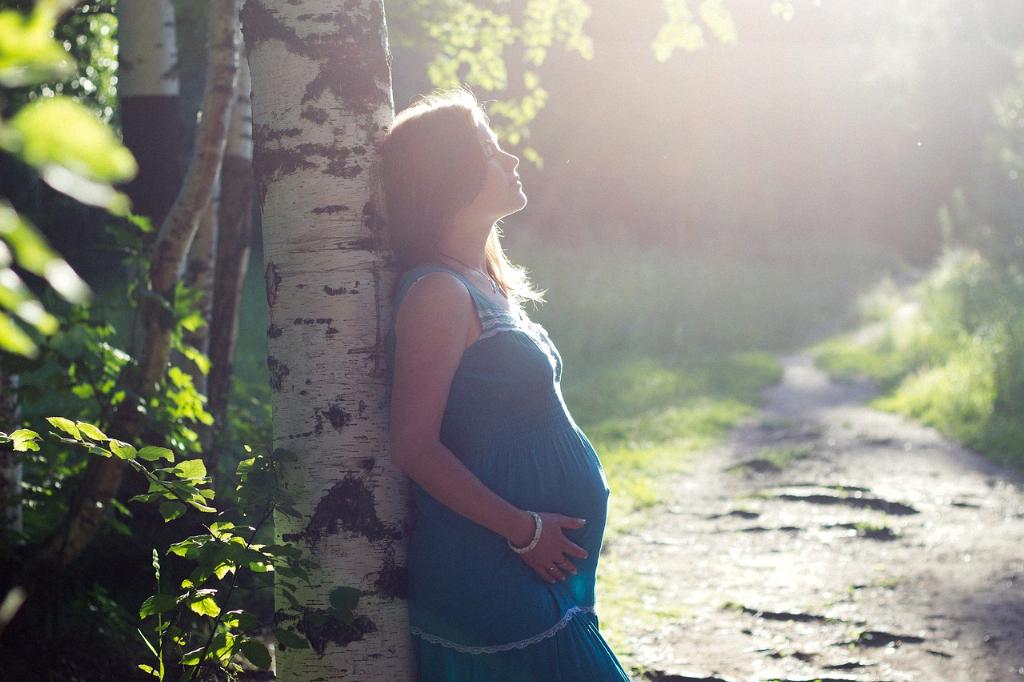When considering the absence of the Queen at the wedding of Charles and Camilla, it is essential to highlight the pivotal role of tradition and protocol within the British royal family. Despite the venue not being a point of contention, a royal aide revealed that the civil nature of the service posed a significant issue for the Queen. She did not perceive it as appropriate for her to attend, given the circumstances surrounding the event.
It is crucial to recognize that the Queen’s decision not to attend the wedding does not indicate a lack of support for Charles and Camilla. Hosting their wedding reception at Windsor Castle and participating in their religious blessing at St. George’s Chapel showcased her willingness to celebrate their union in more private and intimate settings, away from the public eye.
Furthermore, the royal family’s adherence to tradition and protocols played a fundamental role in shaping the Queen’s choice regarding the wedding attendance. The Queen’s presence at events is meticulously planned and often guided by established customs that dictate the appropriateness of her involvement in specific ceremonies or functions.
Additionally, the Queen’s absence at the civil wedding ceremony of Charles and Camilla may also be linked to the complex nature of their relationship and the historical context surrounding their union. Given the controversial circumstances that surrounded their previous marriages and the public scrutiny they faced, the Queen might have opted to maintain a degree of distance from the event to uphold the dignity of the monarchy.
Moreover, the Queen’s decision not to attend the wedding could also be interpreted as a strategic move to avoid potential controversies or conflicts within the royal family. By stepping back from the civil ceremony, the Queen might have aimed to prevent any undue attention or scrutiny that could arise from her presence at an event that held sensitive connotations.
Considering the Queen’s longstanding commitment to upholding the values and traditions of the monarchy, her choice not to attend Charles and Camilla’s wedding aligns with her dedication to preserving the reputation and integrity of the royal family. The Queen’s decisions are often guided by a deep sense of duty and responsibility to safeguard the institution of the monarchy.
It is essential to note that the absence of the Queen at the wedding does not diminish the significance of Charles and Camilla’s union or the support they received from the royal family. The Queen’s decision not to attend the civil ceremony should be viewed within the broader context of the intricate dynamics and complexities that govern royal relationships and protocols.
Ultimately, the Queen’s choice not to attend the wedding of Charles and Camilla underscores the multifaceted nature of royal engagements and the careful considerations that go into determining her participation in specific events. While her absence at the civil ceremony may have raised eyebrows, it reflects the Queen’s commitment to upholding the traditions and protocols that have long defined the monarchy.
In conclusion, the Queen’s decision not to attend Charles and Camilla’s civil wedding was driven by a combination of factors, including the nature of the ceremony, the historical backdrop of their relationship, and the need to adhere to established royal protocols. Her absence should be viewed in the context of her broader commitment to safeguarding the integrity and reputation of the monarchy, rather than as a statement of disapproval towards the couple.

